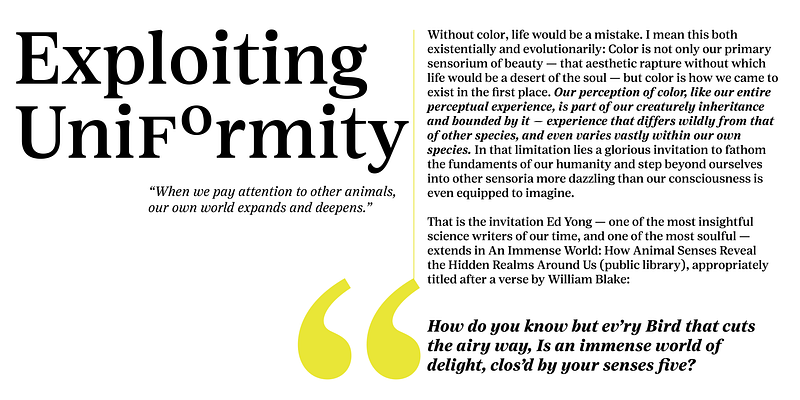Android is not (really) a desktop OS. Devices with preconfigured locked-up Linux installations have been around way before that, mainly networking equipment.
- 1 Post
- 30 Comments
Valve is proving that LOTS of people would use Linux if it came in convenient preinstalled packaging.
Classic Pixar movie but the 🏴 flags are red

 2·1 month ago
2·1 month agoIf you’re using
xkb, try this guide. Of course, backup any system files before modifying them, and just to be sure, add a 2nd keyboard layout as backup and know how to switch between them to have a fallback if you corrupt the primary one.There might be TUI or GUI tools too, probably way more convenient for a one-off change on a single PC.

 2·1 month ago
2·1 month agoI just changed one of the existing layouts. Very easy in any text editor, you just need to find the proper name or Unicode code for each function/character.

 1·1 month ago
1·1 month agoThen it’s not a tracking parameter of course.

 4·1 month ago
4·1 month agoThat is very decoder-specific. The most common QR reader apps are the Camera app on iPhones and Google Lens for Android so you’ll want to target one of these (though Google Lens might be using cloud processing for that). There probably won’t be any exploits in the image processing part but you obviously can write arbitrary data (including ASCII control characters such as CR, LF, null) into the “data” part of the QR code, as the encoding mode and data length is stored in the first 4+(n*8) bits of where data would be instead of null byte termination. Normally, the data is then right-padded with repeating
0xEC11(or not and then error correction follows (number of bytes in the error-correction part is defined by the size and ECC mode indicated in another region).

 29·1 month ago
29·1 month agoIt’s easier to take precautions though. You probably don’t have an insulated USB port or throwaway host device but handling QR codes safely just takes basic tech and skill.
Important advice:
- Don’t use apps that auto-open URLs in QR codes when pointed at!
- Make sure the app shows the full content of the QR code and lets you peruse it indefinitely before you open the link!
- Know the structure of URLs and common pitfalls!
Recommendations:
- Be extra suspicious if there is no URL printed next to the code, or if the printed URL is different.
- Use an open source reader app (most QR codes don’t contain secrets but it’s got permission to use either camera!) that does not resolve Punycode (Unicode in TLDs).
- Strip any tracking parameters you spot before following any URLs.
- Be careful if the QR code could have been easily tampered with (on a sticker over the original one, or on a plain sheet of paper inserted into a plastic wrap together with the rest)
I think today’s generation’s equivalent is free Wi-Fi networks. Kids without mobile data in an area without an established public network will connect to just about any open one unless the SSID includes “LaserJet” or similar.

 57·1 month ago
57·1 month agoHas been taken down. See archived copy

 29·1 month ago
29·1 month agoHas been taken down. See archived copy

 5·2 months ago
5·2 months agoThe Ion launcher for TI-83 calculators has existed since 1999. Why did the Android port take so long? /s
It’s a minix clone, so… mimix?
We should make a donation campaign, pretty sure somebody has a spare SATA drive around. This minix clone sounds good
I’m glad someone was able to donate a non-AT drive because Linus could not afford it :-(

 0·2 months ago
0·2 months ago

 0·2 months ago
0·2 months agoNote that if supported by the font you use, the three symbols will usually be drawn the same way as an asterisk (*) in that font. This means a lot of variation.
Your browser’s rendering: */⁂
Several typefaces’ rendering of Unicode
U+2042 ASTERISM:

I think the diversity is alright! It’s like the Fediverse: instances follow a standard to work with each other but can be heavily customized without breaking integration.

 0·2 months ago
0·2 months agoIt’s in Unicode, duh… Otherwise, you’d need an image to represent it.
Edge: *naked with an ad tattooed on the back*
They’re going to be in the same location for a given model year, which somebody will likely have documented online.



If network card drivers don’t work, you can transfer the file the old-fashioned way, or get online using an Android phone in USB Tethering mode (Wi-Fi and mobile data both work).